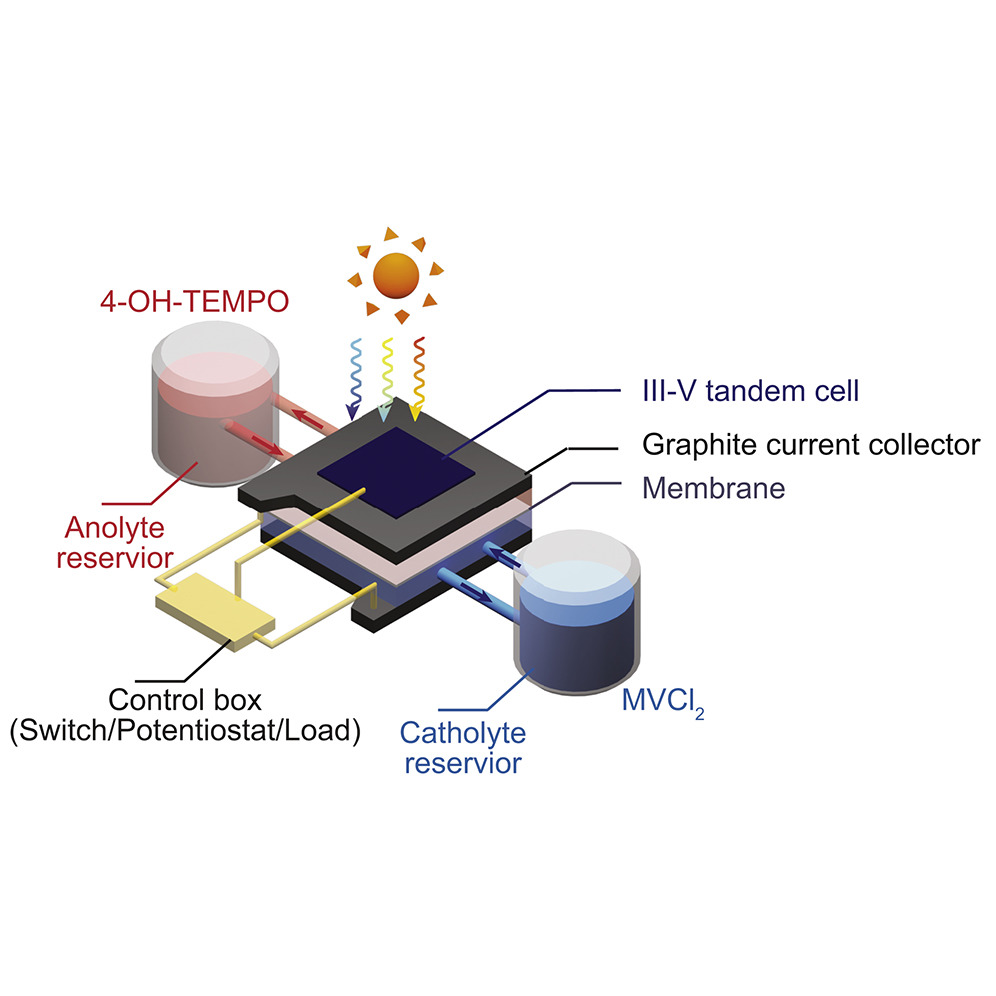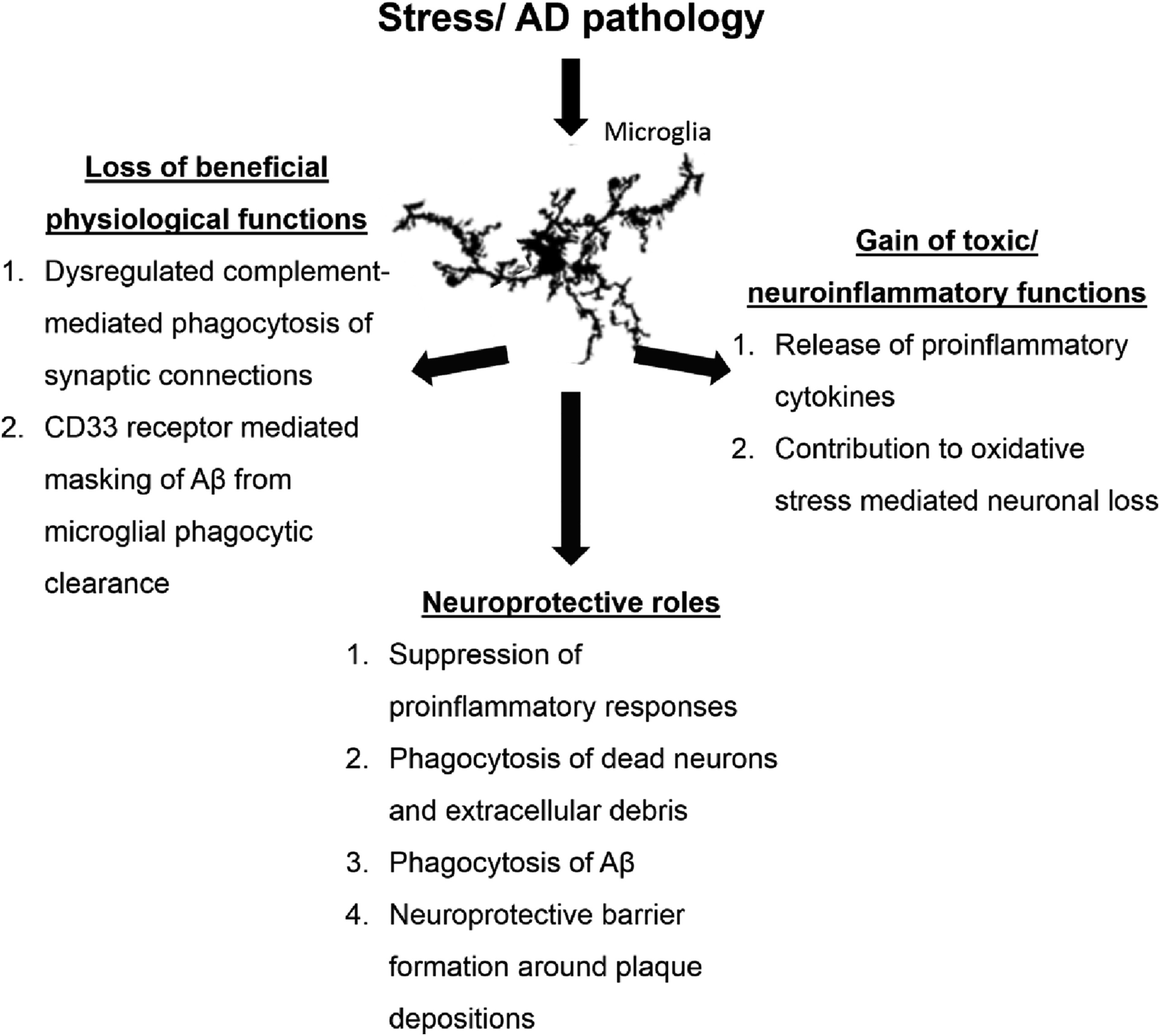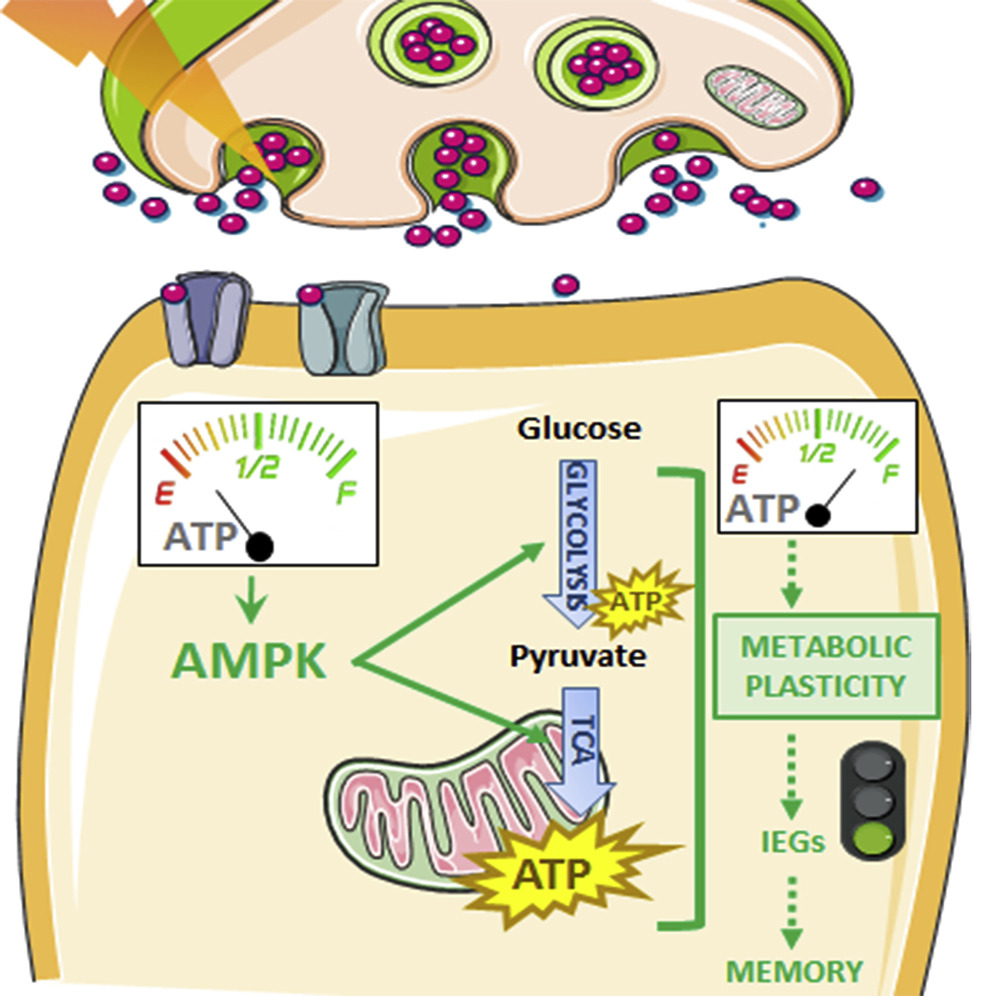Challenges posed by the intermittency of solar energy source necessitate the integration of solar energy conversion with scalable energy storage systems. The monolithic integration of photoelectrochemical solar energy conversion and electrochemical energy storage offers an efficient and compact approach toward practical solar energy utilization. Here, we present the design principles for and the demonstration of a highly efficient integrated solar flow battery (SFB) device with a record solar-to-output electricity efficiency of 14.1%.
Increasing accessibility of coral reefs from the latter third of the 20th century led quickly to recognition of the vulnerability of coral reef communities to a combination of direct and indirect human impacts. Coral reefs are confronted by the stark threats of climate and ocean changes from the increasing number, intensity and forms of human use impacting global and marine systems. Management, particularly of accessible coral reefs, occurs in the context of multiple scale transboundary water column linkages of lifecycle processes and increasing human use of coastal and marine space.
Microplastics pollution in aquatic ecosystems has aroused increasing global concern, leading to an explosive growth of studies regarding microplastics published in the past few years. To date, there is still a lack of standardized methodologies used for the detection of microplastics within environmental samples, thus hampering comparison of the reported data.
Microglia are the predominant immune cells of the central nervous system (CNS) that exert key physiological roles required for maintaining CNS homeostasis, notably in response to chronic stress, as well as mediating synaptic plasticity, learning and memory. The repeated exposure to stress confers a higher risk of developing neurodegenerative diseases including sporadic Alzheimer's disease (AD).
Exercise has been shown to reduce the risk of developing Mild Cognitive Impairment and Alzheimer's disease as well as to improve cognition in healthy and cognitively impaired individuals. However, the mechanisms of these benefits are not well understood. The stress hypothesis suggests that the cognitive benefits attributed to exercise may partially be mediated by changes in the cortisol secretion pattern.
Although the brain accounts for only 2% of the total body mass, it consumes the most energy. Neuronal metabolism is tightly controlled, but it remains poorly understood how neurons meet their energy demands to sustain synaptic transmission. Here we provide evidence that AMP-activated protein kinase (AMPK)is pivotal to sustain neuronal energy levels upon synaptic activation by adapting the rate of glycolysis and mitochondrial respiration. Furthermore, this metabolic plasticity is required for the expression of immediate-early genes, synaptic plasticity, and memory formation.
Elsevier,
Multimodal Behavior Analysis in the Wild, Advances and Challenges, Computer Vision and Pattern Recognition, 2019, Pages 79-102
This chapter addresses SDGs 3 and 9 by examining the technologies devised in Glassense—Wearable technologies for sensory supplementation. This regional project aimed to develop a proof of concept prototype of a sensorized pair of glasses to assist users with limited technology skills and multiple disabilities.
Elsevier,
A Comprehensive Guide to Solar Energy Systems With Special Focus on Photovoltaic Systems, 2018, Pages 469-484.
This chapter addresses goals 11 and 8 by examining the growth of solar photovoltaic power across regions and countries, as well as offering some predictions as to how and where future development will take place.
Elsevier,
Carbon-Based Polymer Nanocomposites for Environmental and Energy Applications, 2018, Pages 437-61.
This chapter contributes to goals 7 and 9 by looking in-depthly at the various structures of nanocomposaite proton exchange membranes (PEMs) using carbon nanotubes, graphene, and graphene oxide as fillers.
Elsevier,
Carbon-Based Polymer Nanocomposites for Environmental and Energy Applications, 2018, Pages 415-436.
To advance goals 7 and 9, this chapter examines the properties of Polyaniline-Graphene Nanocomposite and considers its suitability as an energy storage material.



